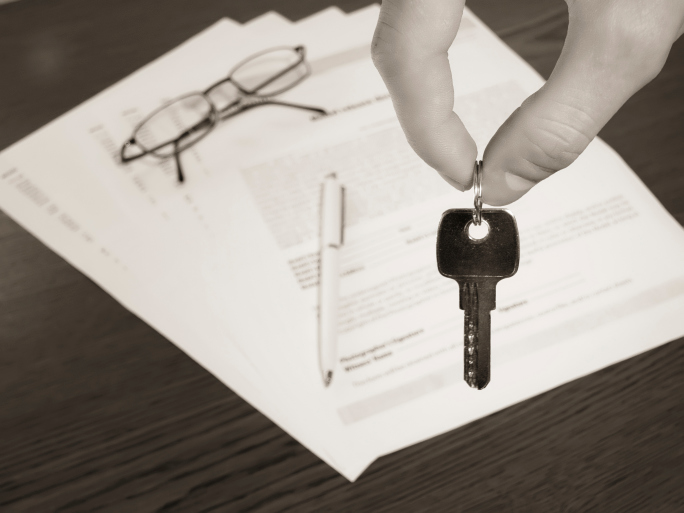According to a recent Insurance Information Institute (III) poll, 95% of homeowners had homeowners insurance but a staggering number of renters do not carry renters insurance. Some estimate that nearly two-thirds of the 81 million people who rent their homes are uninsured for their contents or to cover any possible liability. If you are a renter, you should consider what happens if a loss occurs and you do not have insurance.
In all of the most important ways, renter’s insurance is virtually identical to homeowners insurance. Both types of insurance can offer:
- Coverage for personal possessions against damage due to fire, smoke, lightning, theft, vandalism, explosion, windstorm, water, and other disasters listed in your policy. If you live in an area where flooding, hurricanes or earthquakes are a possibility, you will probably need to purchase a separate policy or a rider in order to protect yourself against these threats.
- Liability coverage, which protects against lawsuits for bodily injury or property damage caused by you or your family members, as well as no-fault medical coverage in case a visitor is injured in your home.
- Additional living expenses—including hotel bills, restaurant meals and other expenses above and beyond your daily expenses—in case your home becomes uninhabitable due to a covered hazard.
Essentially, the only real difference with a renter’s insurance policy is that it strictly covers the renter’s liability and the renter’s personal property inside the apartment unit. The rest of the building—the walls, roof, fixtures, foundation, plumbing, furnaces and any appliances that are not owned by the renter—are uncovered and fall under the landlord’s policy.
Insurers state that most people underestimate the value of their possessions and therefore don’t have enough personal property coverage. One helpful tool for determining the value of your possessions and adjusting your coverage limits is KnowYourStuff.org, a site run by the III. This free online service uses a secure offsite software to make an inventory of every item in your rented home or apartment and allows you to update it easily. Experts recommend making an inventory of each item including its value and serial number. You should also photograph or videotape each room and be sure all the items of value are clearly visible. If you make any major purchases, keep the receipts and store the documents in a safe place.
The next major consideration is the type of policy might purchase: ACV (actual cash value) or replacement cost. ACV coverage will only pay you what your belongings were worth at the time they were stolen or damaged. You will pay higher premiums with replacement cost coverage. With that type of coverage you will be paid the amount that it will actually cost to replace your items. Most policies do include liability coverage that will cover the costs for any injury to yourself or visitors to your home. This is an additional type of insurance coverage to consider.
Like other types of insurance, your premium depends on factors like where you live, your deductible, the type of policy (ACV or replacement) and any additional coverage you purchase. The premiums for most renter’s insurance policies with a $50,000 property value limit are usually in the range of $100 to $300 per year, with a national average of $187 per year, says the III. The premium will necessarily be determined by what is insured and the location of the property. If you want to pay less for your policy, consider choosing a higher deductible. This is the amount you have to pay if you do have to use your policy.
Renter’s insurance is one of the most overlooked types of policies. However, those who have had to use it know its value. Buying a policy insures not only your belongings, but also gives you peace of mind—and that’s something hard to put a price on.
*This article was originally published in Vol. 6, Ed. 3 of Living Safer magazine.
Image: Think/stockalzay


